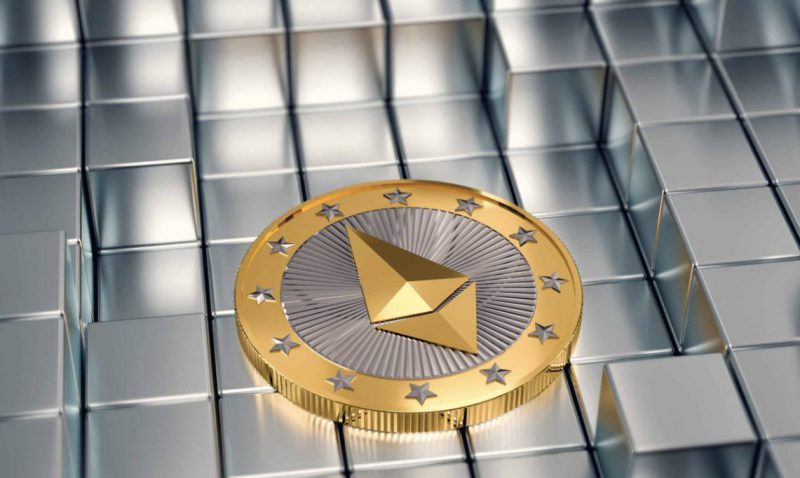How To Check An Ethereum Transaction: A Comprehensive Guide
Navigating the world of blockchain can be challenging, especially when you’re trying to keep track of your transactions.
In this guide, we’ll explain how to check an Ethereum transaction by walking you through the process step-by-step.
We’ll also answer common questions like “How do I track an Ethereum address?”, “How do I check my crypto transaction?”, and “How long does an Ethereum transaction take?”.
Also read: Investor Poll Shows 47% Confidence in Ethereum’s Rise Above Bitcoin

Understanding Ethereum Transactions
Before we delve into how to check an Ethereum transaction, it’s essential to grasp what Ethereum transactions are.
Ethereum is a decentralized platform that permits users to conduct transactions with digital assets.
Each Ethereum transaction is recorded on the blockchain network, providing transparency and public accessibility. Validators or miners on the network verify these transactions, making Ethereum a truly decentralized system.
You initiate a transaction when you send Ether (ETH) from one address to another. This transaction is then broadcast to the Ethereum network, where it is checked and verified.
Once the transaction gets a confirmation, it is added to a new block and permanently recorded on the blockchain.
How Ethereum Transactions Work
Ethereum transactions function through a series of steps:
- An external account initiates a transaction, such as sending ETH to another user.
- The transaction request is broadcast to the Ethereum network.
- Validators on the network execute the transaction and propagate the change to the entire network.
- A transaction fee is deducted during the validation process.
- The validated transaction is included in a block.
There are different types of transactions on the Ethereum network, including regular transactions (from one account to another), contract-execution transactions (interactions with deployed smart contracts), and contract-deployment transactions (deploying the code of a smart contract).
Also read: Ethereum: Users Holding 1000+ ETH, Drops to 5-Year Low
Tracking an Ethereum Transaction: A Step-by-Step Guide

Now that we’ve covered the basics, let’s dive into the steps on how to check an Ethereum transaction:
Step 1: Acquiring the Transaction Hash
Your journey to tracking your Ethereum transaction starts with obtaining the transaction hash. This unique identifier is given to every transaction on the Ethereum network. You can find this hash in the history or activity section of the crypto wallet or exchange platform you used to conduct the transaction.
Step 2: Using an Ethereum Blockchain Explorer
With your transaction hash at hand, the next step is to visit an Ethereum blockchain explorer. These are online tools that allow you to view information about transactions, blocks, and addresses on the Ethereum blockchain. Some popular Ethereum blockchain explorers include Etherscan and Etherchain.
Step 3: Input the Transaction Hash
On the blockchain explorer website, you’ll find a search field. Paste the transaction hash you obtained in Step 1 into this field and initiate the search. The explorer will then retrieve and display the transaction details.
Step 4: Review the Transaction Details
Once you input the transaction hash, the transaction details will display. This information includes the sender and recipient addresses, the transaction amount, the gas fee paid, and the transaction’s current status. You can use these details to verify if the transaction was successful.
Tools to Monitor Ethereum Transactions
Besides blockchain explorers, several tools can help you monitor your Ethereum transactions. These tools provide real-time updates and additional features for your transactions. Some popular options include:
- Metamask: Metamask is a renowned Ethereum wallet and browser extension that lets you manage your Ether and interact with decentralized applications. It also provides a transaction history and notifications for your transactions.
- MyEtherWallet (MEW): MyEtherWallet is a web-based wallet with a user-friendly interface for managing Ethereum transactions. It provides transaction tracking features and the ability to customize gas fees for faster transactions.
- Etherscan Mobile App: Etherscan has a mobile app available for both iOS and Android devices. This app allows you to check your Ethereum transactions on the go, receive push notifications for transaction updates, and explore the blockchain.


How Long Does an Ethereum Transaction Take?
The duration of an Ethereum transaction confirmation can vary based on several factors, including network congestion, the gas price of ETH, and the transaction’s complexity. Typically, Ethereum transactions can take anywhere from a few seconds to several minutes. However, during periods of high network activity, your transaction might take longer to process.
Conclusion: How To Check An Ethereum Transaction?
In conclusion, checking an Ethereum transaction involves using a hash and a blockchain explorer to review the details of the transaction.
Blockchain explorers like Etherscan offer transparency and enable users to track their transactions on the Ethereum blockchain.
Also, tools like Metamask, MyEtherWallet, and the Etherscan Mobile App provide convenient ways to manage and monitor your Ethereum transactions.
By understanding and utilizing these tools, you can ensure smooth and successful transactions on the Ethereum network.





